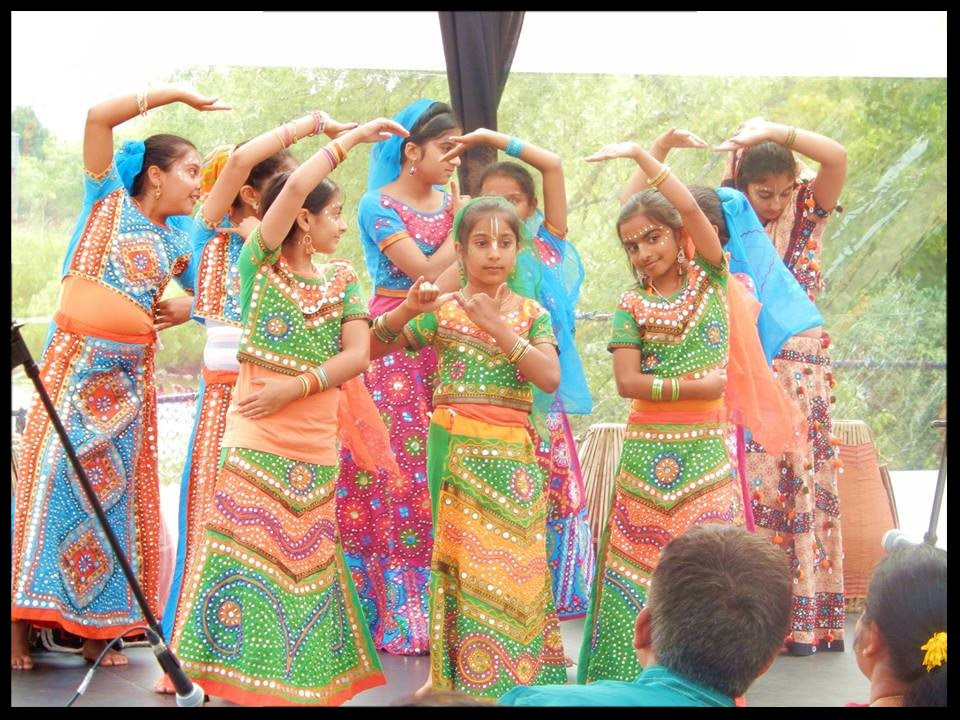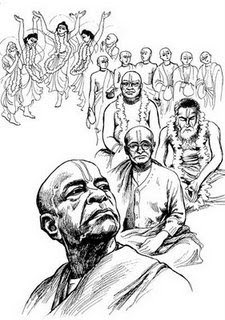Happy New Year 2019
→ Servant of the Servant
So far as we are concerned, our new year is every day because Krishna belongs to the nitya lila. Nitya lila means that all of His Pastimes are going on in either of the so many universes. It is just like the rising of the sun. In your country the sun is supposed to rise at 6:30 at the present moment, but at any time you can inquire in some part of the world and there it is the same 6:30 and sunrise. While you are in this meridian, in another country it may be 6:30 AM, and the sun is rising.
- Srila Prabhupada, 1969
If also cultivate a vision that every day is like a new year by meditating on the nitya lila of Krishna, our life certainly will be fresh and new every day thus giving us joy!
I started writing this blog 11 years ago and now this is my 1000th post. I extend the readers of this blog my gratitude.
Hare Krishna.





 At Kirtan50 today, Bada Haridas Prabhu and I spoke about the holy name, following the theme of this beautiful verse from Srimad-Bhagavatam (11.2.55):
At Kirtan50 today, Bada Haridas Prabhu and I spoke about the holy name, following the theme of this beautiful verse from Srimad-Bhagavatam (11.2.55): By Radhanath Swami
By Radhanath Swami



























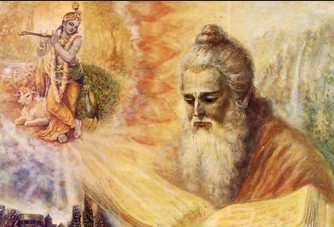




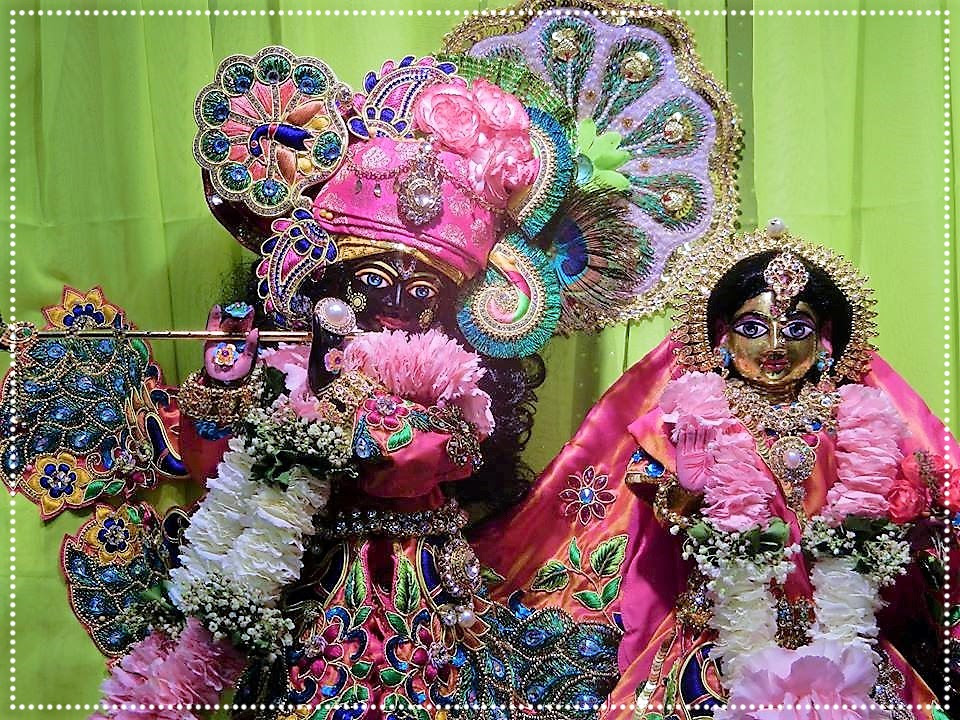


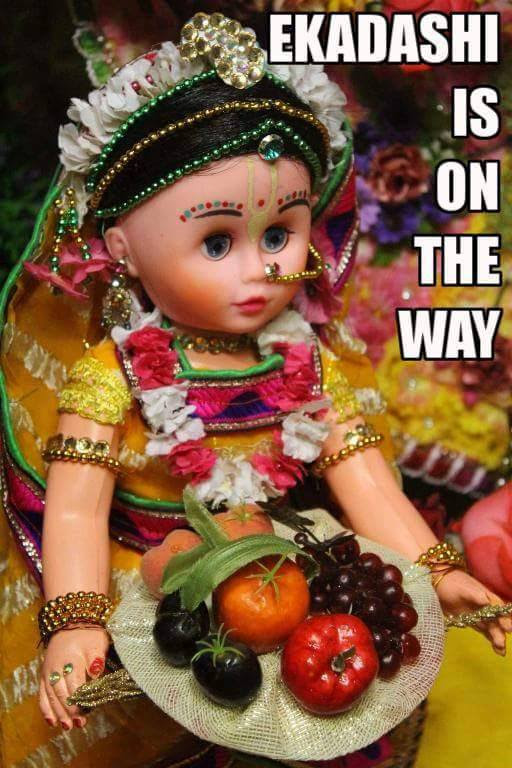
 Adult Education At The Temple
Adult Education At The Temple